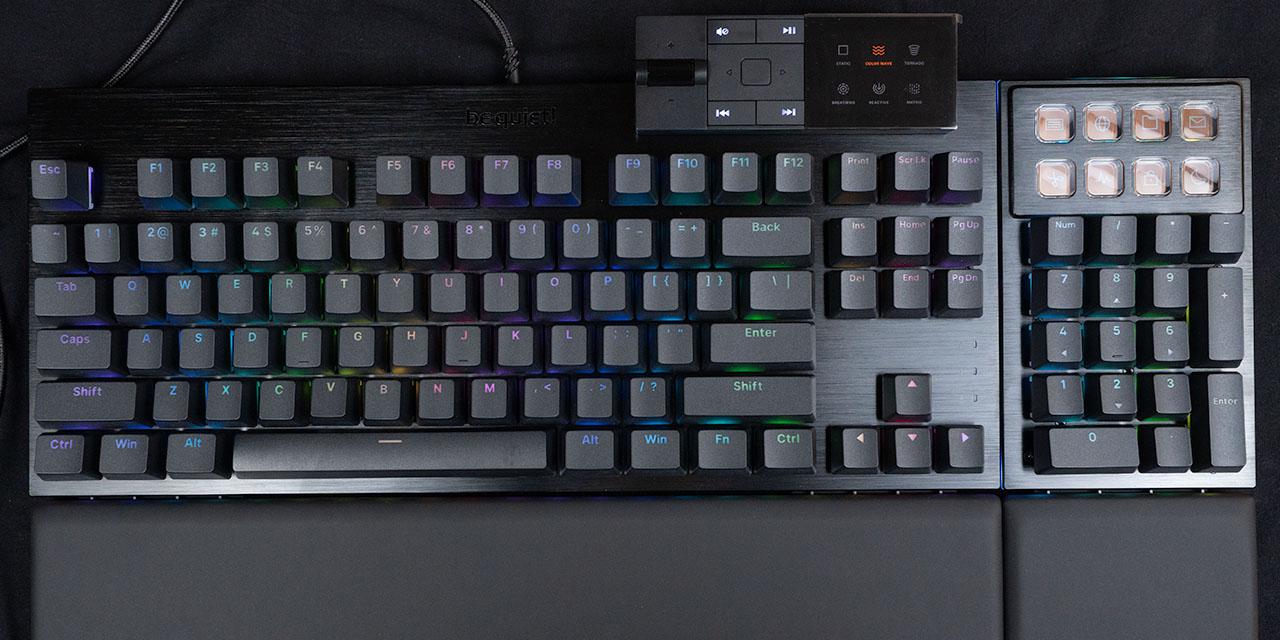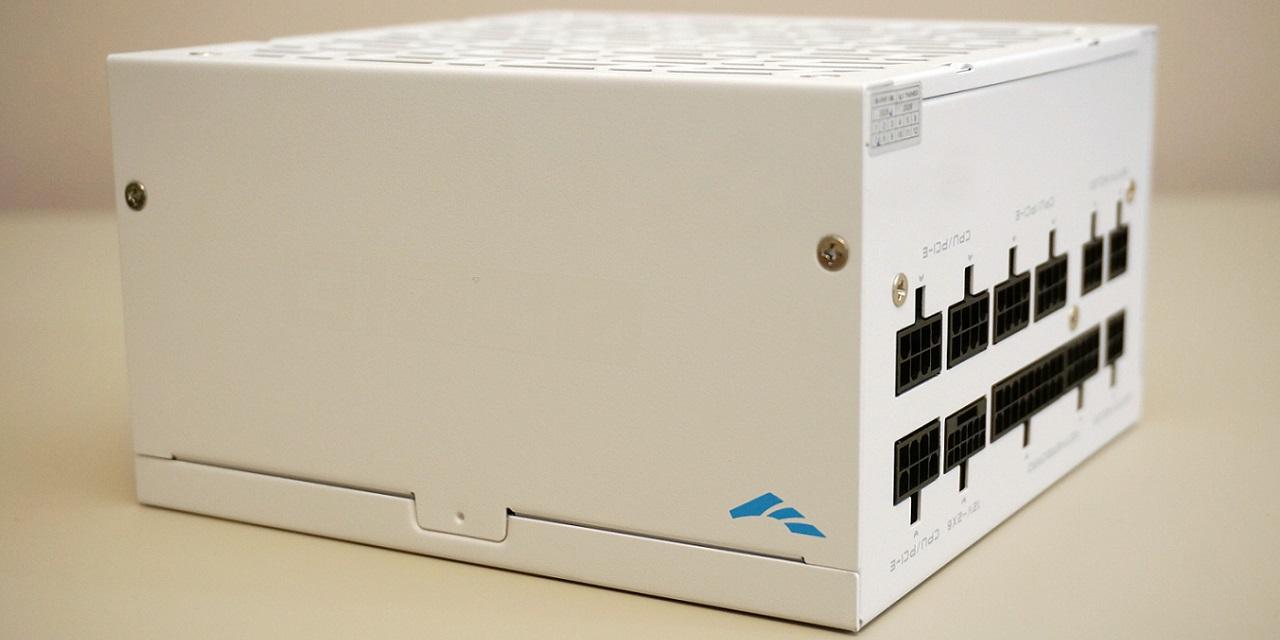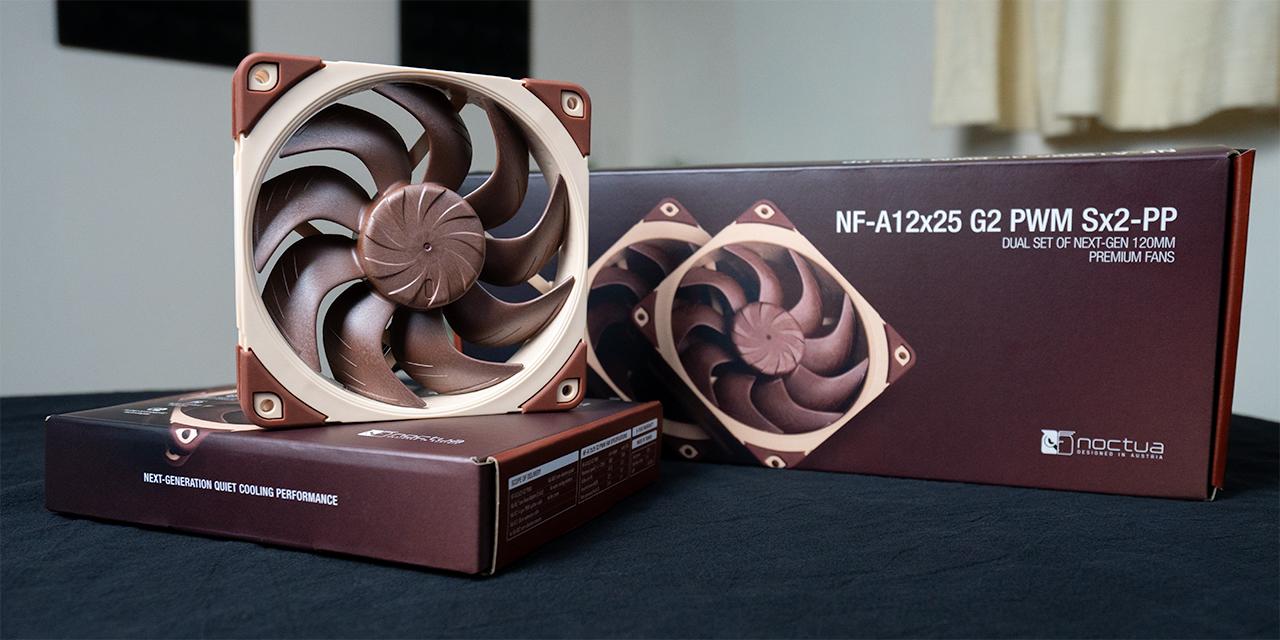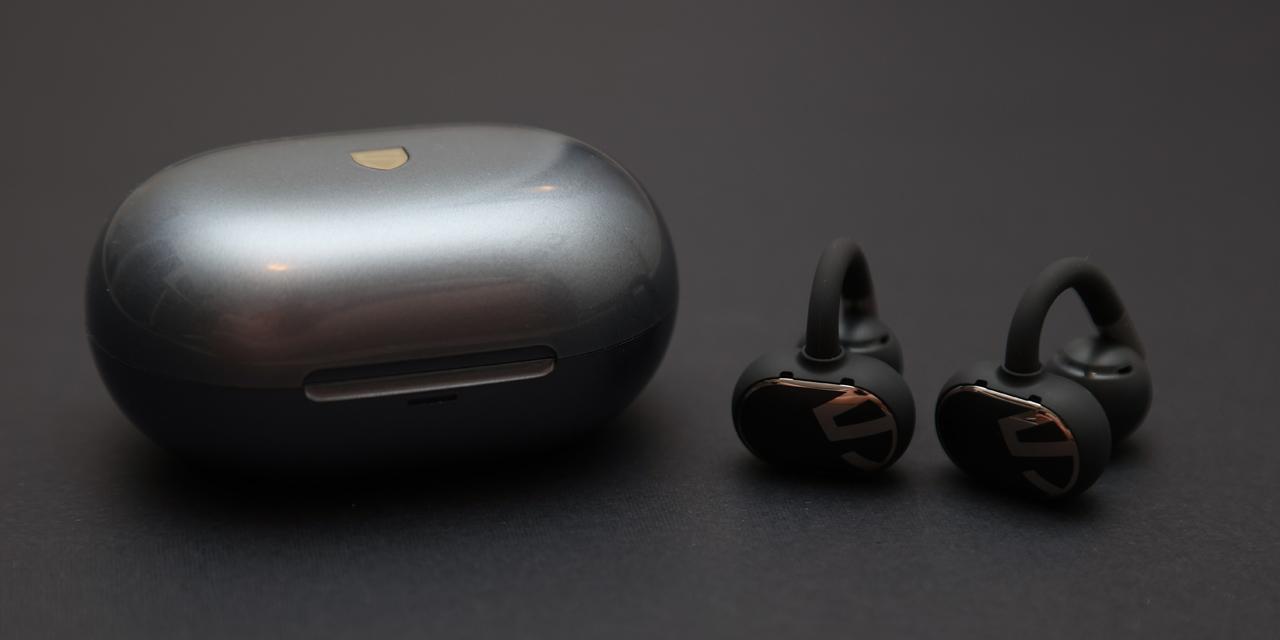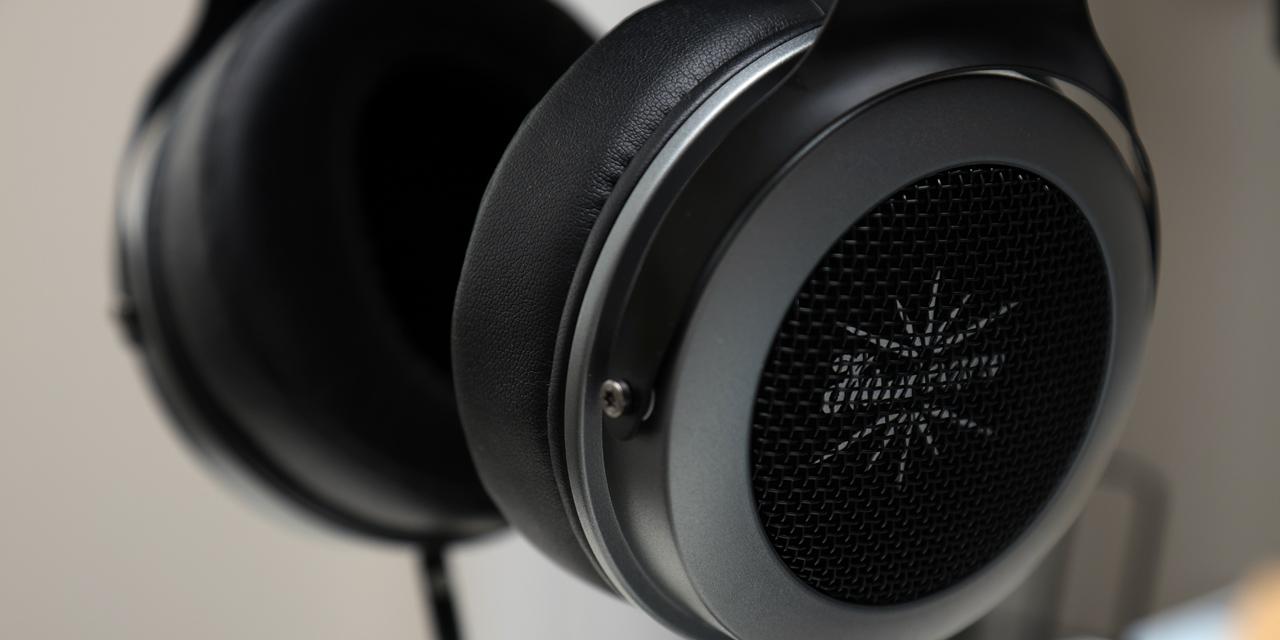From DailyTech: What does Apple, Inc.'s (AAPL) iPhone 5S A7 SoC and Samsung Electronics Comp., Ltd.'s (KRX:005930) Galaxy S4 Exynos have in common? Well, for starters they both have chips made in Samsung fabs. But another commonality (well, in the case of the International edition of the GS4) is that both have dies that include PowerVR GPUs by Imagination Technologies Group Plc (LON:IMG).
This week at the 2014 Consumer Electronics Show (CES 2014) in Las Vegas, Nevada, Imagination Tech. unveiled not one, but two new series of GPUs. Competition has grown increasingly tight for the IP (intellectual property) core designer, based out of Hertfordshire and Kings Langley, UK. Many of these rivals are old; others are recent allies turned nemesis.
With mobile gaming shifting towards the smartphone, Imagination Tech. was experiencing booming sales and strong demand for more powerful GPUs. It responded with the Series 5 and a 5XT, which includes multi-core GPUs for the first time.
For Imagination Tech., the current mobile market represents both unprecedented opportunity, but also fresh competition. Qualcomm's Adreno unit (purchased from the spinoff of ATI's mobile business -- "adreno" is an anagram of "radeon") is the biggest smartphone volume competitor to PowerVR, given its widespread Android adoption.
NVIDIA's Tegra SoC line -- which pack mobile GeForce CUDA cores -- is also a threat, although it's been stymied by somewhat weak power performance. And then there's ARM Holdings, who is now competing against its former partner with Mali. Last, but not least there's Intel, who like ARM Holdings has gone from a partner of Imagination Tech. to a rival. With next generation's mobile Iris variants manufactured on a 14 nanometer node, Intel may start to move greater volumes and pose a threat to PowerVR.
While the PowerVR 5 Series isn't going anywhere and will continue to move product for a few more years, this year will be PowerVR Series 6 year for volume growth.
The Series 6 has three main lines -- the low-end (power efficiency) PowerVR Series6 XE, the mid-range PowerVR Series6 (balance), and the high-end PowerVR Series6 XT (performance).
Among these is the Apple A7 SoC which uses an MP4 configuration of the G6430, clocked at 200 MHz. The G6430 features 64 FP32 operations per "cluster". With 4 clusters -- 256 total FP32 ops are possible at once. This is competitive with NVIDA's new K1, which offers 192 cores. The G6430 also supports large 4096x4096 textures and advanced tile-based deferred rendering (TBDR), a more advanced version of the Z-buffering that Imagination tech is famous for.
It's also important to note that the Power Series 5/5XT model's pipeline-based architecture -- the traditional PowerVR design -- has been replaced at last with unified shader cores (USCs). In this regard Imagination Tech. has at last travelled the same path as AMD and NVIDIA before it.
View: Article @ Source Site
